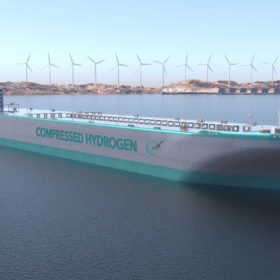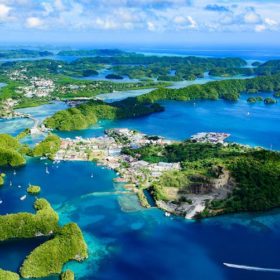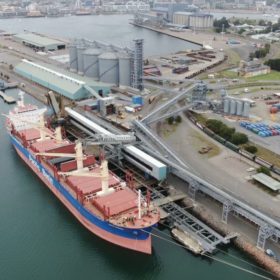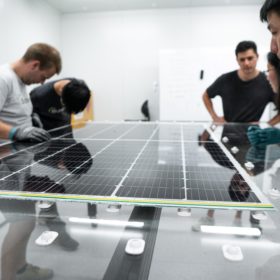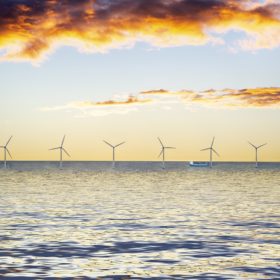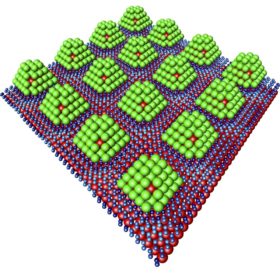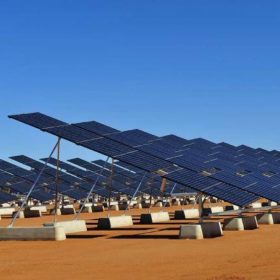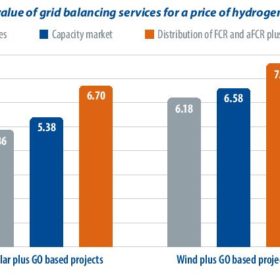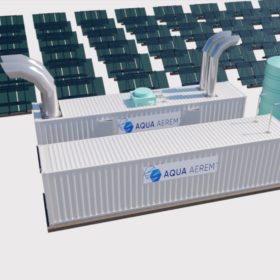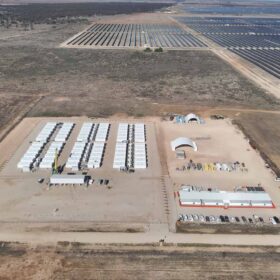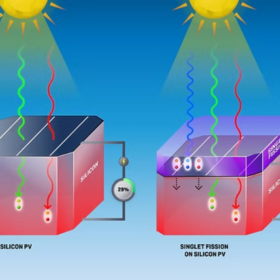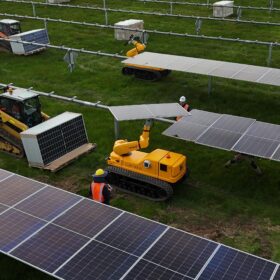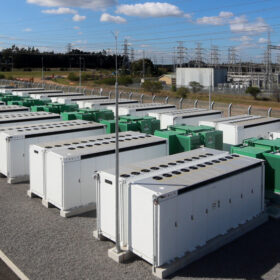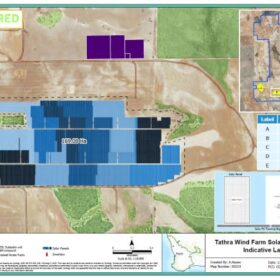GEV launches development strategy for proposed 2.8 GW green hydrogen project
Western Australian renewables company Global Energy Ventures is steaming ahead with its plan to establish a massive 2.8 GW green hydrogen production and export facility on the Tiwi Islands off the coast of the Northern Territory, announcing it has already commenced the development program.
Sojitz teams with CS Energy in green hydrogen export project
Japanese trading house Sojitz Corporation has announced it will collaborate with Queensland government-owned utility CS Energy and Nippon Engineering Consultants on a project to transport green hydrogen produced in Australia to the Pacific Island nation of Palau in a bid to reduce a reliance on fossil fuels.
World’s largest coal port flicks switch to 100% renewable energy
The world’s largest coal port is now powered by 100% renewable energy after the Port of Newcastle confirmed it had inked a deal with the Australian arm of Spanish energy group Iberdrola which will see the port’s entire operational needs powered by renewable generation.
‘Ultra low-cost solar’ gets a $40 million R&D boost from ARENA
The Australian Renewable Energy Agency has announced $40 million in research and development funding is up for grabs across two streams. Stream 1 consists of cells and modules, and Stream 2 is focused on balance of system along with operations and maintenance. It is hoped the additional funding will spur Australia’s pioneering solar research to push for the federal government’s “ultra low-cost solar” target of $15/MWh.
Electrolyser tech to produce hydrogen from seawater
With a new start-up and a consortium in the Netherlands, German automotive supplier Schaeffler wants to significantly reduce the costs of green hydrogen.
Storing hydrogen with ‘nano-chocolates’
German scientists have developed a novel hydrogen storage method that relies on nanostructures – tiny nanoparticles made of the precious metal palladium – instead of high pressure and lower temperatures.
Getting real about the hydrogen economy
Hydrogen is frequently touted as a major player in decarbonisation, and it is. But it will only be used at scale much later, and at a much lower level than solar and wind.
Korea minerals giant scoops up 9 GW Australian renewables portfolio
The Australian clean energy arm of the world’s largest zinc, lead, and silver producer has snapped up Sydney-based renewable energy developer Epuron in a deal that will give it access to a potential 9 GW of wind and solar PV generation.
Sunday read: The new entrant to the energy sector
Green hydrogen can play a vital role in decarbonising the economy and enabling countries to reach net-zero emissions. The economics of producing green hydrogen from electrolysis are maturing as developers scramble to meet expected future demand. Everoze partner Nicolas Chouleur and Neoen hydrogen expert Sacha Lepoutre discuss a case study that shows how stacking different revenue streams could improve the economics of renewable energy projects.
Solar to bloom in the desert thanks to innovative NT green hydrogen project
A $15 billion green hydrogen project that utilises solar powered water-from-air technology to save on the cost of hydrogen generation and save the precious water resources of arid regions, has received Major Project Status from the Northern Territory government and aims to be in commercial production by 2023.
